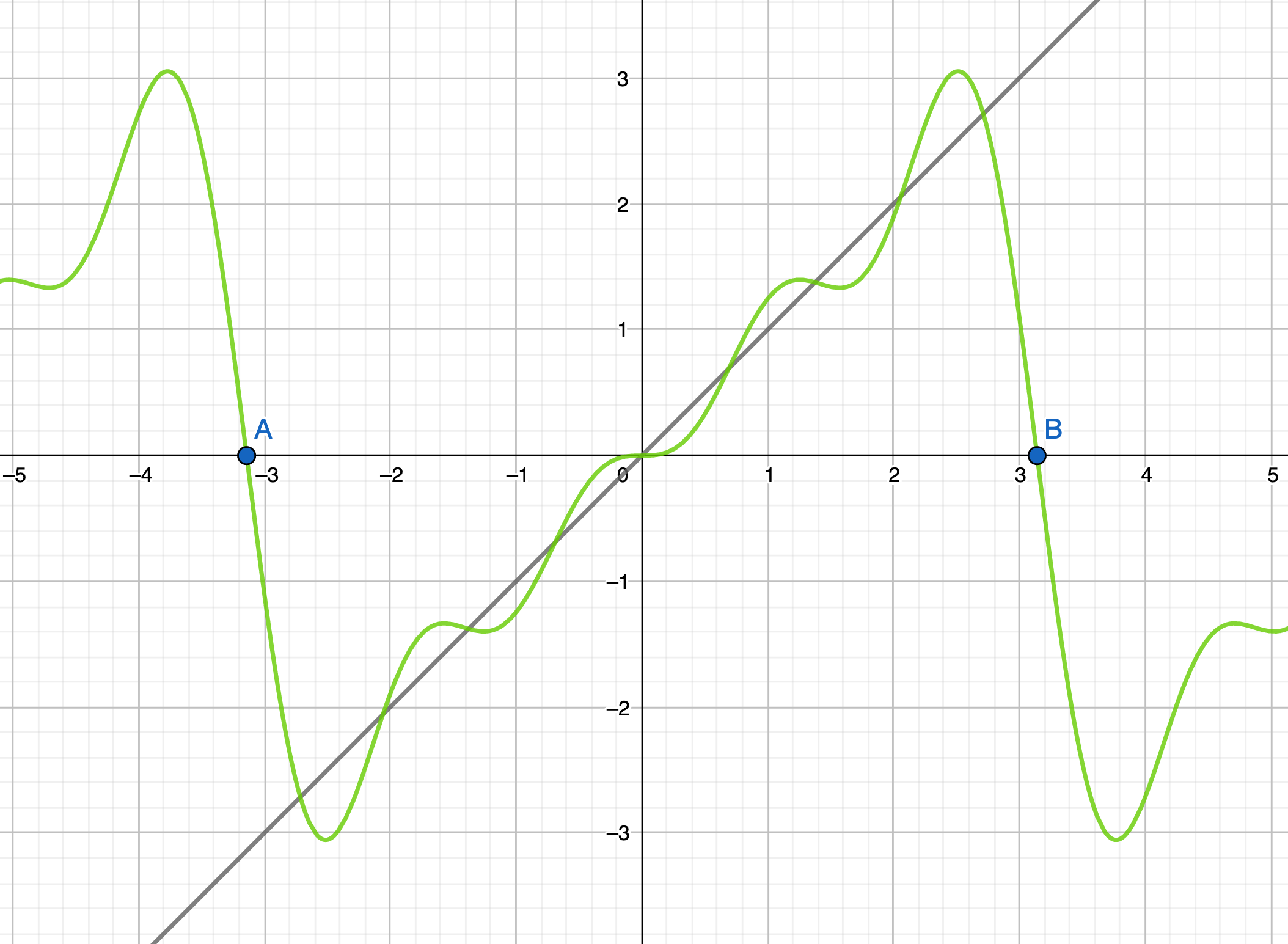Fourier
Complex numbers
Classification of Numbers
When creating Symbols with SymPy we often have the need to specify certain properties of some variables. It is important to do so because it can simplify computations and save time. We can do that in SymPy by adding properties to the declaration of the symbols:
>>> x, y = symbols('x y', real=True)
>>> n = symbols('n', integer=True, negative=False)
>>> z = symbols('z', real=False)
Working with complex numbers in Python
There is an introduction on complex numbers in python section available in the Algebra page of this documentation.
To get the real part of a complex number z we can use sympy.re(z) or numpy.real(z).
To get the imaginary part of a complex number z we can use sympy.im(z) or numpy.imag(z).
To get the modulus of a complex number z we can use sympy.Abs(z) or numpy.abs(z).
To get the angle of a complex number z we can use sympy.arg(z) or numpy.arg(z).
To get the conjugate of a complex number z we can use sympy.conjugate(z) or numpy.conjugate(z).
There are other special functions such as numpy.real_if_close(z, tolerance) which transforms complex numbers into real numbers removing the imaginary part if they are close enough to zero.
💡 You can find an example of drawing a complex function in the Plotting section
Fourier Series
SymPy has a class to represent Fourier cos/sin series called FourierSeries
To compute a fourier series the function fourier_series(f) is used.
Once you have the FourierSeries object, you can get the first n terms using the function truncate.
You can also get the coefficients an and bn as properties of the object.
📝 Example:
Find the first 4 terms of the fourier series of the function $f(t) = t$ between $-\pi$ and $\pi$ and the coefficients $a_n$ and $b_n$ of the series.
>>> t = symbols('t') >>> f = t >>> FS = fourier_series(f, (t, -pi, pi)) >>> FS.truncate(4) 2*sin(t) - sin(2*t) + 2*sin(3*t)/3 - sin(4*t)/2 >>> FS.a0 0 >>> FS.an [0,0,0,0,…] >>> FS.bn [2*sin(t),-sin(2*t),2*sin(3*t)/3,-sin(4*t)/2,…]Solution:
⚠️ The properties an and bn are the sequences of the product of the coefficient and the sin/cos corresponding function. To actually get the an and bn coefficients one must divide each element of the sequence by sin(nt) or cos(nt).
Fourier Transform
We can compute fourier transforms using the SymPy function fourier_transform:
📝 Example:
Compute the fourier transform $\hat{f}(\xi)$ of the function $f(x) = e^{-|t|}$
>>> t, xi = symbols('t xi') >>> f = exp(-abs(t)) >>> fourier_transform(f, t, xi) 2/(4*pi**2*xi**2 + 1)Solution:
$\hat{f}(\xi) = \frac{2}{4\pi^2\xi^2+1}$
Generalized functions
Dirac Delta
SymPy has a class for the Dirac Delta function called DiracDelta. It can be used as a normal function and fulfills all its properties:
>>> DiracDelta(1)
0
>>> DiracDelta(-pi)
0
>>> t = symbols('t')
>>> diff(DiracDelta, t)
1
>>> f = Function('f')
>>> integrate(f(t)*DiracDelta(t), (t, -oo, oo))
f(0)
>>> diff(Heaviside(t), t)
DiracDelta(t)
...
💡 Heaviside is a SymPy class to represent the Heaviside step function
External links
- Fourier Series
- Integral Transforms
- Tutorial: Fourier Transforms (scipy.fftpack)
- Reference: Fourier Transforms (scipy.fftpack)
- Signal processing
 Lliçons.jutge.org
Lliçons.jutge.org
Raúl Higueras
Universitat Politècnica de Catalunya, 2023
Prohibit copiar. Tots els drets reservats.
No copy allowed. All rights reserved.
